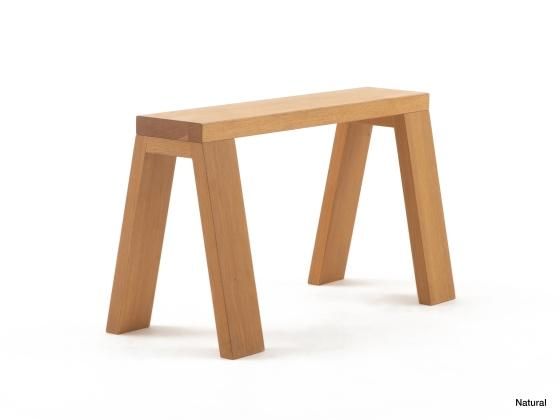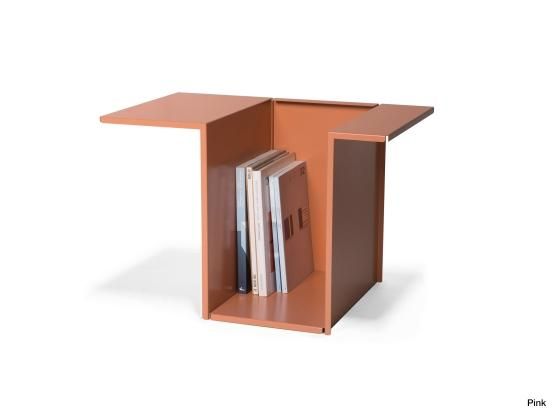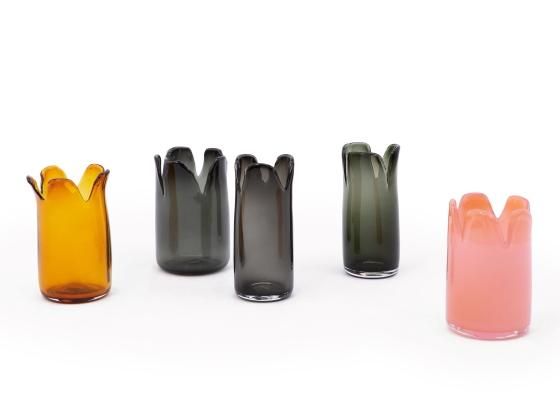 Photo : Katri Kapanen
Photo : Katri KapanenStudio Tolvanen - INTERVIEW
フィンランド出身のMika Tolvanenとアメリカ出身のJulie Tolvanenの夫婦が2015年に設立した 「Studio Tolvanen」はフィンランドのヘルシンキのラウッタサーリ島の街にあります。
北欧の豊かな自然の中での過ごし方、またスタジオでの制作背景など、彼らが大事にしていることや考え方について話を伺いました。
ラウッタサーリ島は自然豊かなフィンランドの街ですが、 普段過ごす中で、お気に入りの場所はありますか。
私たちの家とスタジオの間には、バルト海に突き出た小さな花崗岩の半島(ヘルシンキの最南端)があります。
春には水鳥を観察したり、秋にはキノコを探したり、冬には海氷の上を歩いたり、通勤途中によく寄り道をしています。
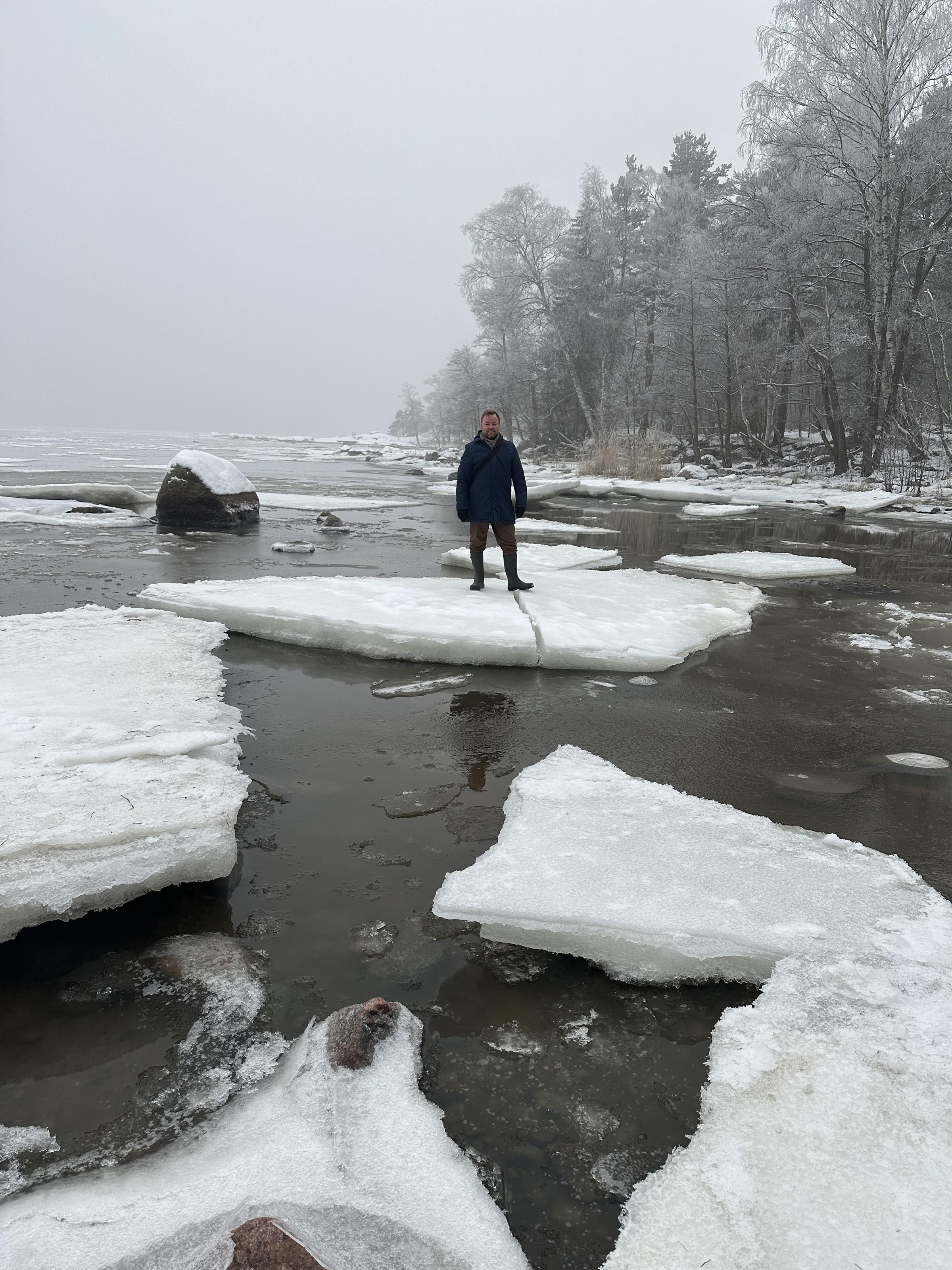
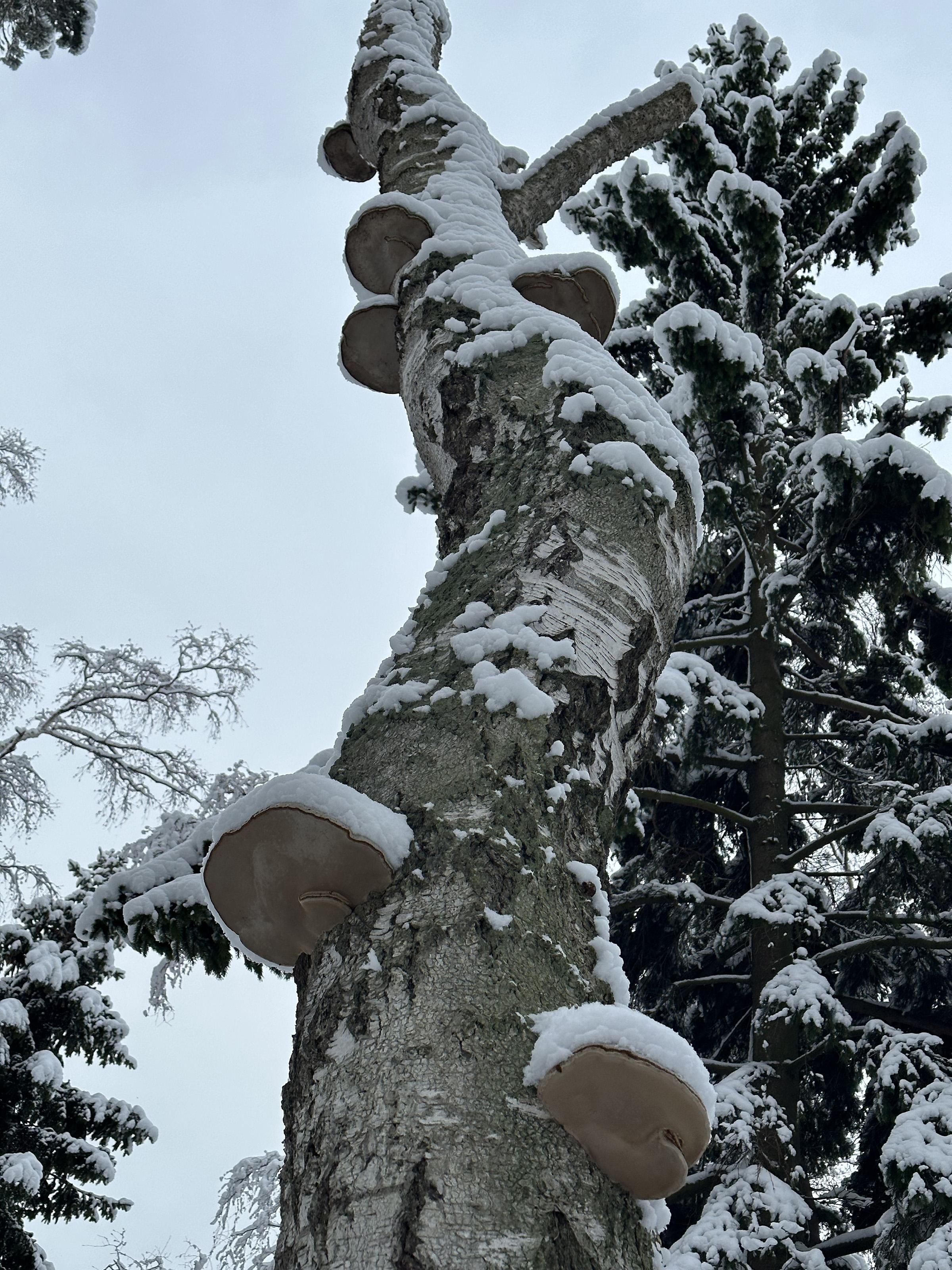
2人は「Studio Tolvanen」として同じスタジオで制作をしていると思いますが、 仕事をする上で、お互いはどのような存在ですか。
ミカは工業デザイン、ジュリは木工と建築のバックグラウンドを各々持っています。そしてミカはフィンランド人、ジュリはアメリカ人です。 しかし、最近はどちらのデザインか区別するのが難しいくらい、それぞれのプロジェクトでお互いに意見を出し合いながら制作を進めています。
「Studio Tolvanen」として、どのようなコンセプトでプロダクトをデザインしていますか。
私たちには信念や主義はありません。 すべての優れたデザインは機能から始まります。(プロダクトには用途があるため)しかし同時に、どのような新製品も独自の個性を持たなければなりません。
オブジェクトはさまざまな機能を備えているため複雑かもしれませんが、見た目が複雑であってはいけないと考えています。 そのため、新鮮で楽しいデザインにすることと同時に、一目瞭然で、理解しやすく、そして静かな(主張しすぎない)ものにすることを目指しています。 それが、私たちが私たち自身に与える課題です。

コンセプトから形を生み出すまでに、どのようなプロセスを経ていますか。
まず、既存の製品と、そのカテゴリーの歴史を調査します。次に、大まかなアイデアのスケッチを開始し、コンピューター上でディテールとプロポーションをモデリングします。
最近では、1:1 のモックアップを作成する前に VR メガネを使用して家具を確認しています。 そして、最も形がわかる1:1 のモックアップに進みます。 モックアップは主に紙やスタイロフォームで作り、細かい部分は 3D プリントで作成します。

生み出した形から最終的な作品にするまで、どのようなデザインの進め方をされていますか。
私たちは普段ブランド向けにデザインをしているので、クライアントにアイデアを提示することもプロセスの一部です。 デザインしたものがどのように作られるかは、彼らが持っている道具と技術によって決まるので、最終的なプロトタイプが作成されるまで、彼らと打ち合わせを繰り返します。
近年ではプロダクトデザインからオブジェ、テキスタイルまで幅広いジャンルで活動されていますが、考え方や仕事の進め方に違いはありますか。
私たちは、それぞれのデザインプロジェクトに対して、ほとんど同じ方法でアプローチしています。 家具であれ、花瓶であれ、ブランケットであれ、私たちは同じプロセスを経ます。

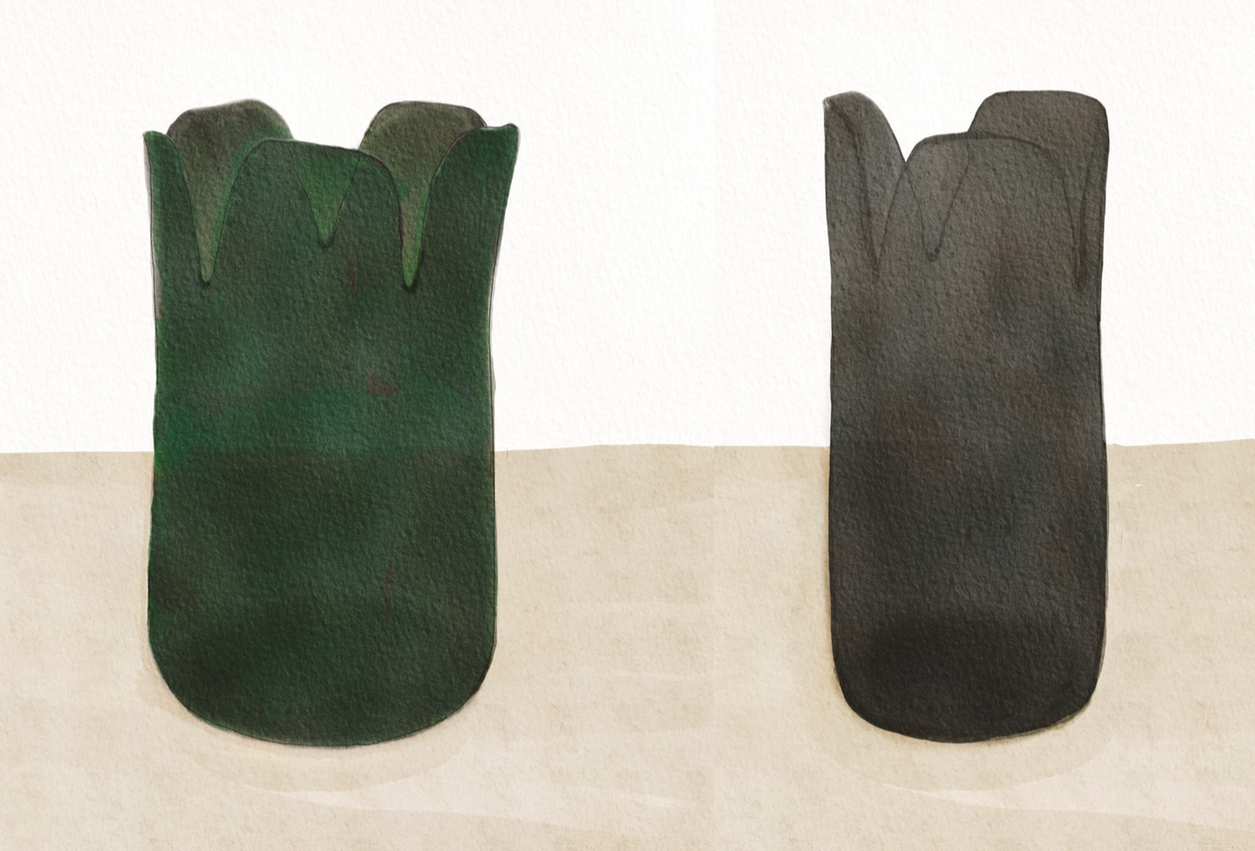
今後、お二人で挑戦してみたいことやビジョンなどがあれば教えてください。
素材、製造、物流の面で世の中に大きな変化が訪れていると思います。 プロダクトとパッケージはリサイクルされ、地球に優しく、持続可能なものでなければならず、それぞれの地域内、あるいは少なくとも同じ大陸内で大量生産を行う方法について皆が考えています。
それらも私たちのデザインプロセスの一部であり、今後ものがどのように作られるかは、私たちがどのようにデザインするかということに影響を与えると考えています。
Studio Tolvanen - INTERVIEW
Studio Tolvanen was established in 2015 by Finnish couple Mika Tolvanen and Julie Tolvanen from the USA, and is located on the island of Lauttasaari in Helsinki, Finland. We spoke to them about their approach and what they value, including how they spend their time in the rich nature of Scandinavia and the background to their work in the studio.
Lauttasaari Island is a Finnish city rich in nature.
Do you have a favourite place where you usually spend time?
Between our home and studio, there is a small granite peninsula sticking out on the Baltic sea (the southernmost point of Helsinki).
We often take a small detour from our walk to work to look at water birds in the spring, collect mushrooms in the fall, or walk on the sea ice in the winter.


You both work in the same studio, Studio Tolvanen, How do you see each other in your work?
Mika comes from an industrial design background, and Julie from a woodworking and architecture background. Mika is Finnish, and Julie is American. But these days it's hard to separate who does what. Our contributions to each project have started to mix!
What is the concept behind Studio Tolvanen's product design?
We do not have a dogma or ism. All good design starts from function (because products are for use), but at the same time any new product should have its own individual character. An object might be complex in its variety of functions, but it shouldn't be complicated looking. We aim to make our designs fresh and joyful, but also self-explanatory, understandable, and quiet (never shouting). That's the challenge we give ourselves.

And what process do you go through to take a product from concept to form?
First we research existing products and the history of the category we're designing in. Then we start sketching broad ideas, and modelling details and proportions on the computer. These days we use VR glasses to look at furniture before making 1:1 mockups. We go straight to 1:1 models because it tells you the most. Our mockups are from paper or foam, and 3D printing for the fine details.

What kind of design process do you follow from the form you create to the final product?
We are usually designing for brands, so once we show the idea to the client, they become part of the process. How something gets made depends on their tools and techniques. We go back and forth with them until a final prototype is made.
In recent years, you have been involved in a wide range of genres, from product design to objects and textiles, Are there any differences in the way you think and work?
We approach each design project in much the same way. Whether it's furniture, a vase, or a blanket, we go through the same process.


What are some of the challenges and visions you both have for the future?
Big changes are coming in terms of materials, manufacturing, and logistics. The products and the packaging should be recycled, earth-friendly, sustainable. People are thinking about how to mass produce on a local level, or at least on the same continent. That becomes also part of our design process, as well. How things are made affects how we design.

